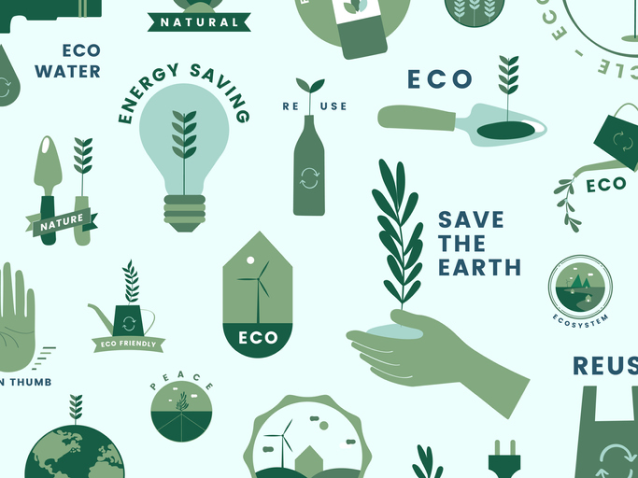Consumers will reward sustainable brands with higher prices | WARC | The Feed
The Feed
Read daily effectiveness insights and the latest marketing news, curated by WARC’s editors.
You didn’t return any results. Please clear your filters.

Consumers will reward sustainable brands with higher prices
UK consumers are willing to pay more for brands which effectively communicate a commitment to sustainability, especially concerning climate change, a new survey has found.
Based on responses from 970 consumers to 67 leading brands in eight different categories, global insights firm Nepa established that their Willingness to Pay (WTP) index increases for brands perceived as being sustainable.
The details
- Specifically, brands perceived as being sustainable should expect to benefit from an average increase of 34% on Nepa’s WTP chart, but this varies across categories.
- For example, skincare/haircare brands can expect a WTP uplift of 29%, compared with a 33% WTP increase for food brands and more than 40% for luxury and spirits brands.
- Overall, around two-thirds (65%) of respondents said it’s important to adapt to a sustainable lifestyle and they expect brands to do the same. But credibility is crucial. Two-thirds of consumers said that companies need to use sustainable energy sources to be viewed as credible, while 59% expect brands to get involved in measures to deal with climate change.
- However, brands must communicate effectively and focus more on making an emotional connection about their good intentions rather than simply listing what they have done about the environment. In short, brands need to be perceived as being inclusive and down to earth.
Key quote
“Communicating sustainability effectively is a delicate balance but one worth investing in – as this research demonstrates, getting it right will add to your brand value as well as help save the planet. At Nepa we are convinced the new decade will see sustainability going from a nice-to-have, purposeful afterthought to being essential for future brand growth” – Lindsay Parry, managing director of Nepa UK.
Sourced from Nepa
Email this content
